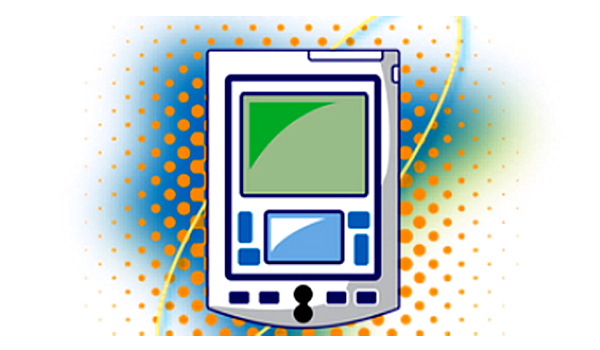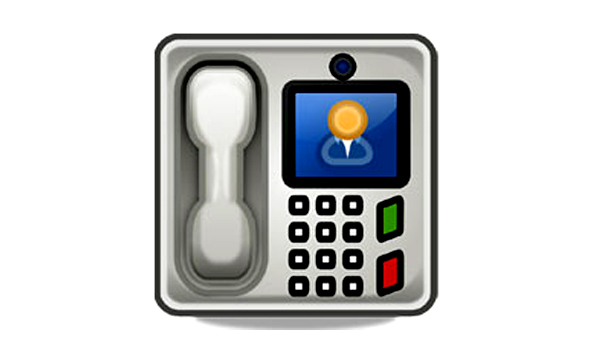Call Recording
Call recording is the process of recording or capturing telephone conversations.
Updated: October 30, 2023

Call recording is the process of recording or capturing telephone conversations. The system automatically stores the digital audio file after recording a call so that it can be reproduced and analyzed later.
Call recording may be used by businesses for several reasons, such as training, process optimization, and quality assurance. It can be done either by voice over IP (VoIP) or through a public switched telephone network (PTSN). Generally, call recording is offered as a feature with contact center operations software which enables recording inbound and outbound calls in the call center.
Improve customer service, Quality assurance, Compliance requirement, Monitoring and evaluating the performance of call center agent, Gaining customer-centric insights, Onboarding and training and Dispute resolution are some of the benefits of call recording.
Informing the customers before recording, following customer service call recording law and setting up a team to monitor call recordings are some best practices that need to be followed while doing call recordings.
Screen recording is provided as an added feature along with call recording in many software solutions. Inbound and outbound calls are only recorded in a call recording whereas the entire workstation screen of the agent can be recorded during a call with Screen recording.
Benefits of call recording
- Quality Assurance: Ensures high-quality customer service.
- Compliance: Adheres to legal and industry regulations.
- Training and Development: Facilitates staff training and improvement.
- Dispute Resolution: Serves as evidence in dispute cases.
- Customer Feedback: Provides insights for product and service enhancement.
- Legal Protection: Offers legal protection through recorded evidence.
- Record Keeping: Organized documentation of interactions.
- Sales and Marketing Insights: Informs effective sales and marketing strategies.
- Security: Monitors and enhances call security.
- Performance Evaluation: Evaluates staff performance and resource allocation.
- Customer Satisfaction: Improves service for higher customer satisfaction.
- Resolution Efficiency: Streamlines issue resolution processes.
- Voice of the Customer: Captures customer preferences and needs.
- Documentation: Records verbal agreements and transactions.
- Training Material: Supports employee training with real interactions.
- Performance Metrics: Measures key call center KPIs.
- Customer Insights: Gains a deeper understanding of customer behavior.
- Process Improvement: Identifies areas for operational efficiency.
- Scalability: Supports growth by optimizing call center operations.
- Competitive Advantage: Enhances service and decision-making for a competitive edge.



